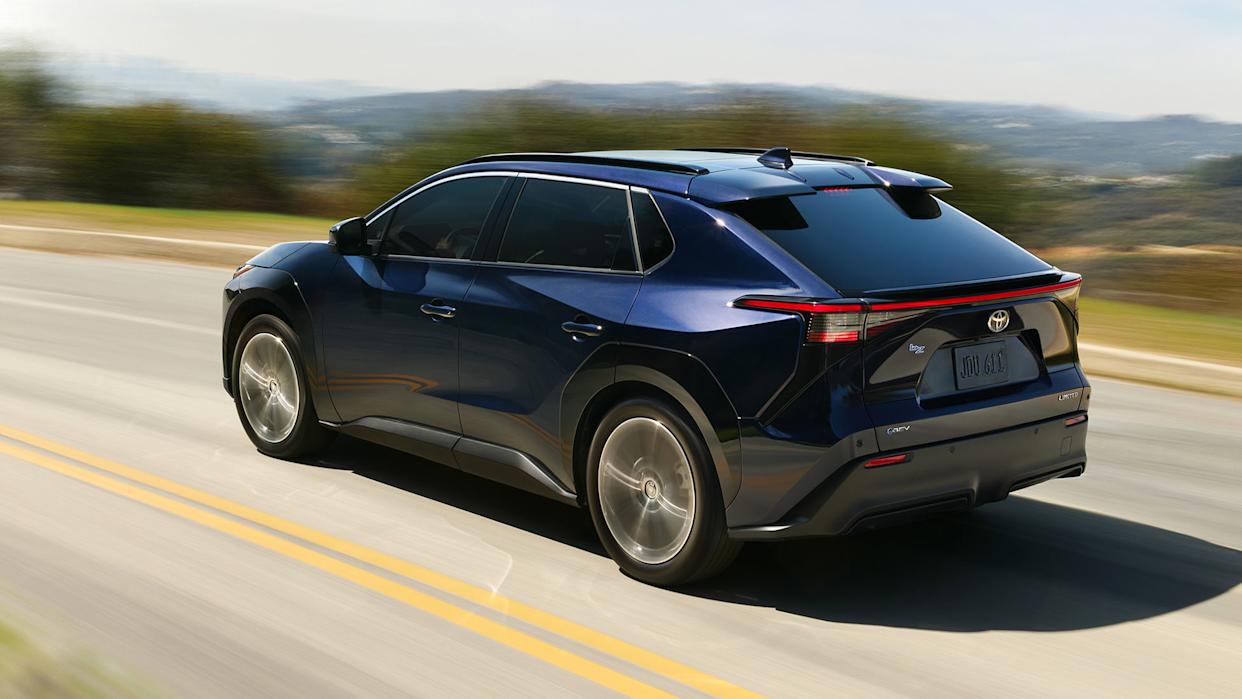
Economic headwinds, coupled with the auto industry’s roller-coaster ride early in this decade, have made rising vehicle prices pretty much a given every year. But now and then, you see a model become more competitive and cheaper at the same time. The Toyota bZ is one such car. It actually starts about $2,000 less for 2026, while higher trims are slightly more expensive, but offer plenty more range in return.
The entry-level, front-wheel-drive Toyota bZ XLE now costs $36,350, including a $1,450 destination charge. That’s better than the $38,520 starting price of the outgoing model. The older base bZ did offer an estimated 252 miles of range to the new one’s 236 miles, but it also had a larger, 71.4-kWh battery pack, versus the 2026 model’s 57.5-kWh rating. Power output takes a hit with the new, cheapest bZ as well, dropping from 201 horsepower to 168 hp.
Those concessions are arguably worth it in exchange for yet again lowering the barrier of entry to Toyota’s electric crossover. Where the bZ has really improved, though, is when you start looking into those higher trims. The range king is the next rung up the ladder, the front-wheel-drive XLE Plus. It costs $39,350—exactly $3,000 more than the non-Plus—but now provides 314 miles of range from its 74.4-kWh pack, along with 221 hp. For our money, this looks like the sweet spot of the lineup.
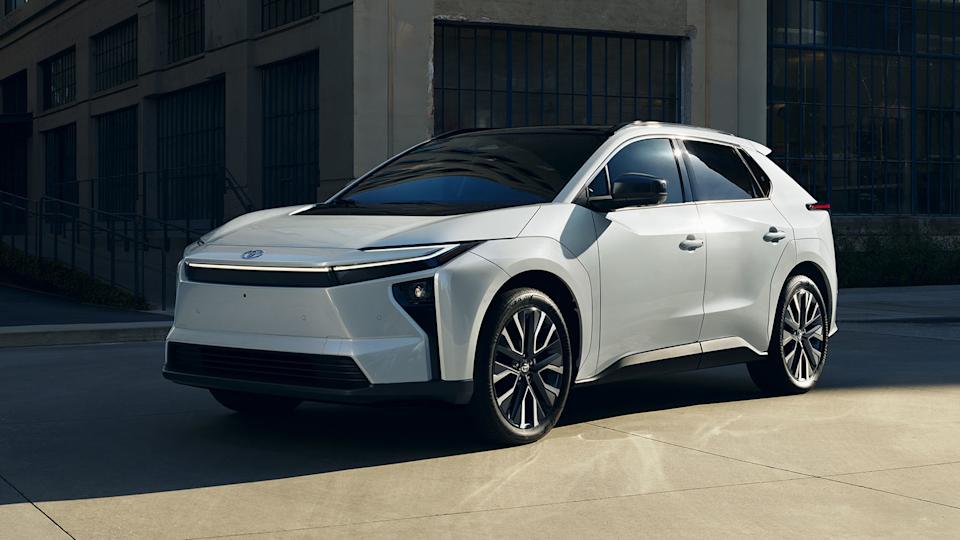
All bZs above the base get this larger battery, and it results in some surprising year-on-year efficiency gains. The top-of-the-line Limited AWD configuration is now rated for 278 miles on a full charge, when it used to promise just 222 miles. That one will now set you back $46,750, as opposed to $45,330 for the 2025 counterpart. You can see the full table of how pricing and range have shifted across the lineup below:
Consider that last year, the longest-range bZ you could buy was that 252-mile base XLE, and as you paid more, you actually received worse longevity in return. Additionally, it’s worth noting that every new bZ gets a bump in AC charging, from 7.4 to 11 kW, as well as a NACS port. The maximum DC fast-charging speed is still 150 kW.
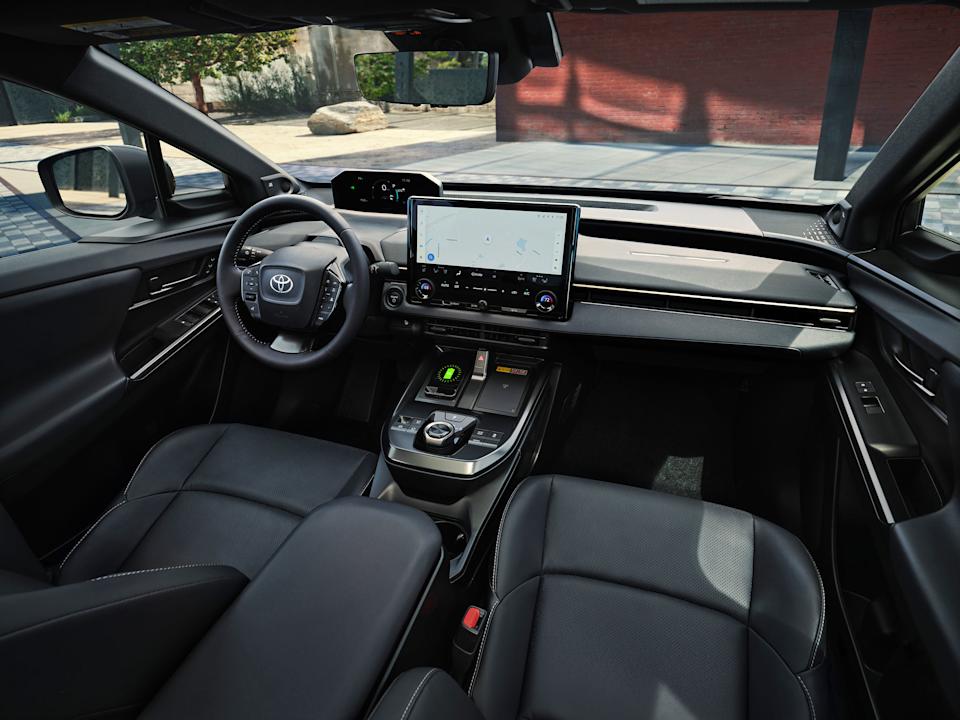
The bZ has never been a class-leading EV, though Toyota’s trend of lowering prices continually since it first hit the market has made some of its sins easier to forgive. This range boost helps a lot, too. One question remaining is where the upcoming C-HR, with its standard all-wheel drive, 338 hp, and 290 miles on a full charge, will slot into this pricing paradigm, though we’ll have to leave that for another day.
Got a tip? Send it in: [email protected]
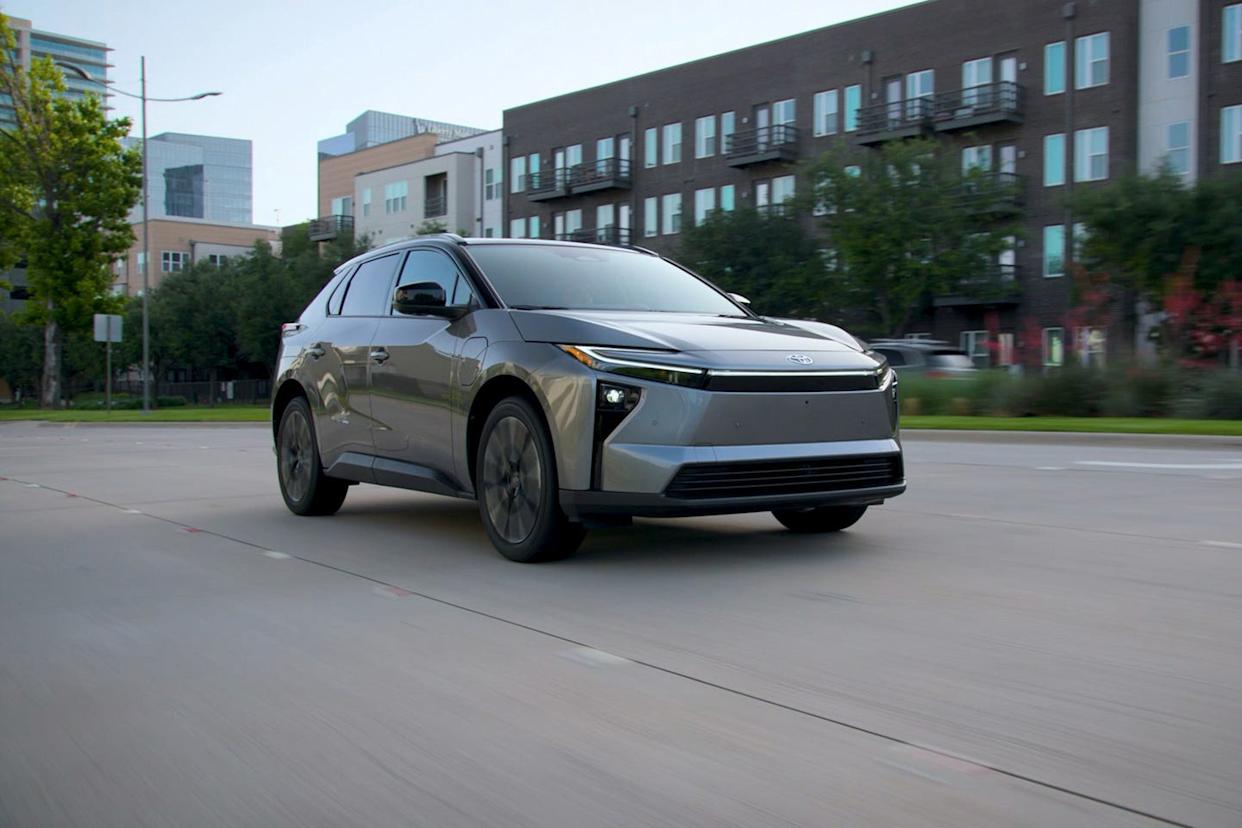

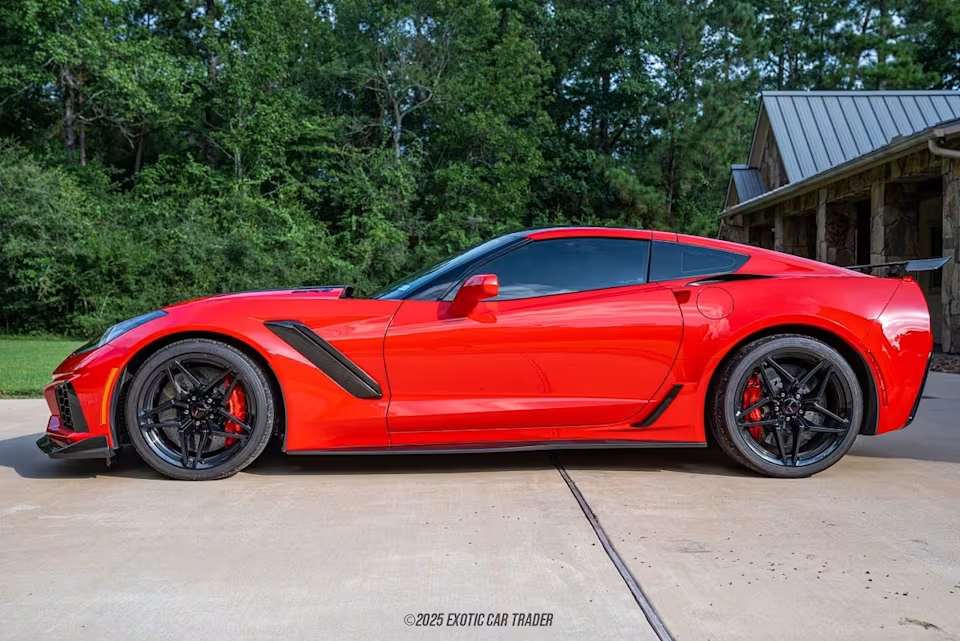
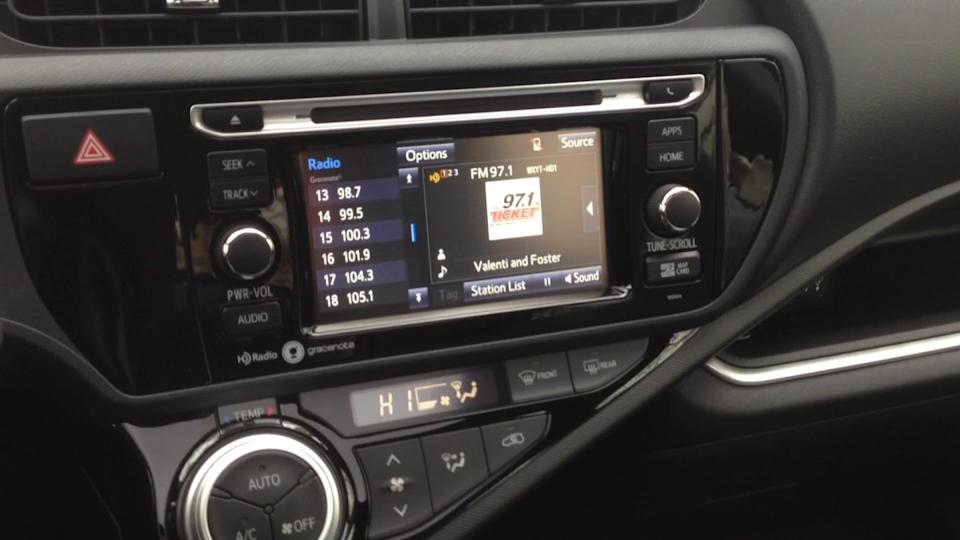
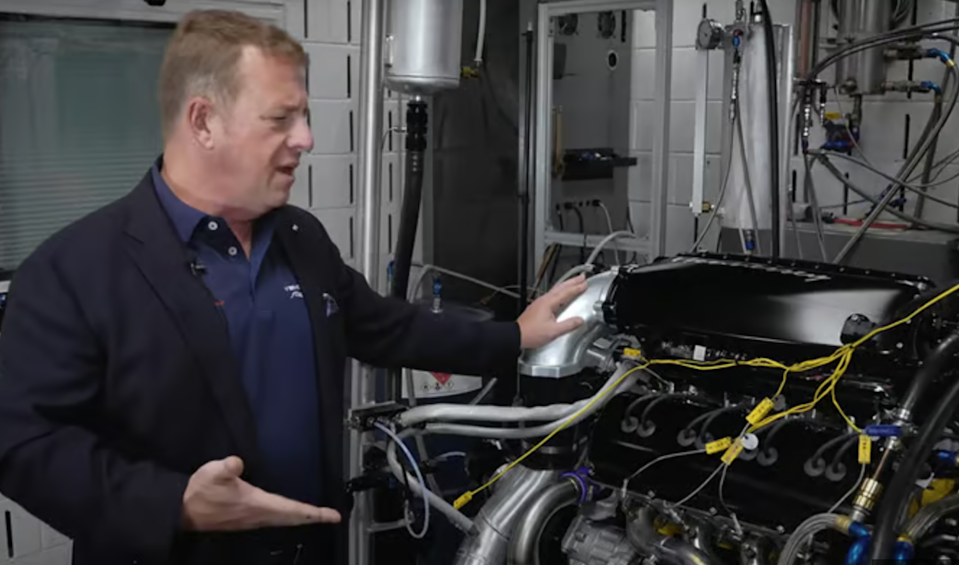
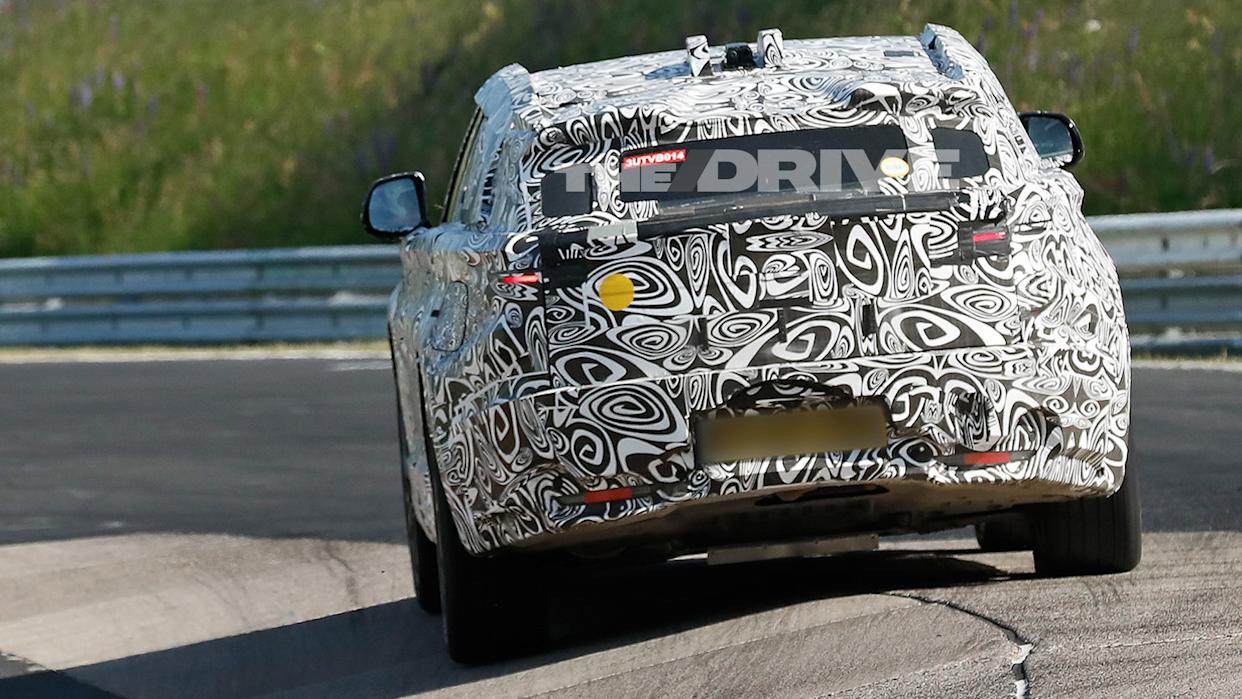

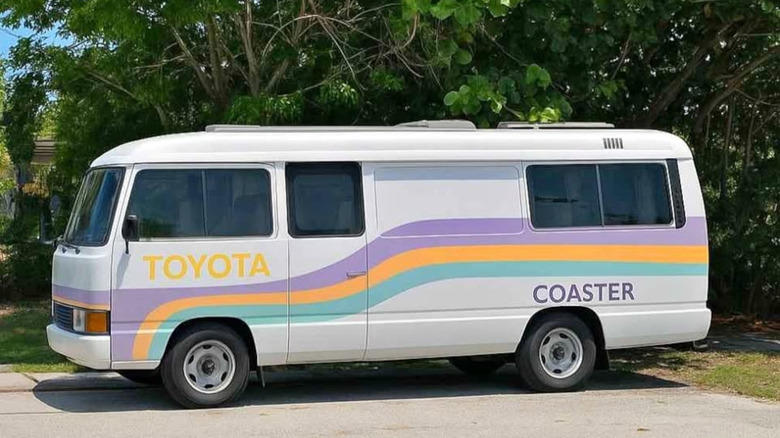
Comments